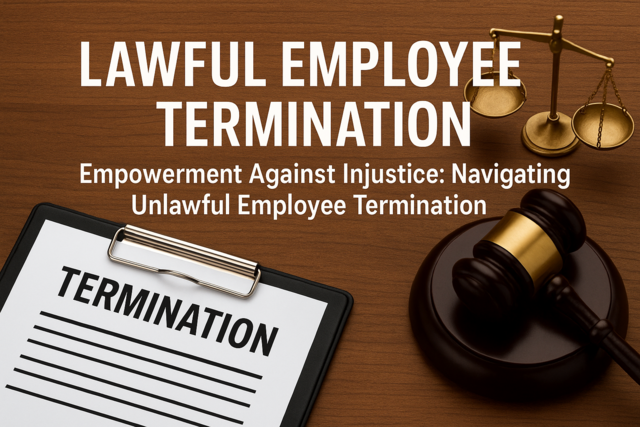Creating and Managing a Non-Profit Organization
Empower Change: Build and Sustain Your Non-Profit Vision

5 Hours average completion time
0.5 CEUs
12 Lessons
13 Exams & Assignments
25 Discussions
26 Reference Files
44 Articles
Mobile Friendly
Last Updated December 2025
Unveiling the Noble Art of Non-Profit Creation: A Compass for Change-makers
Embarking on the journey to create a non-profit is akin to setting forth on a quest for societal betterment. While the ambition is noble, the path is intertwined with complexities that demand foresight, meticulous planning, and an unwavering passion. Just as a masterful sculptor transforms a block of stone into a work of art, crafting a thriving non-profit requires intricate chiseling, strategic strikes, and a clear vision of the masterpiece to be unveiled.
Mapping Your Non-Profit Odyssey
-
Preparatory Research: Embarking on this adventure is akin to navigating a labyrinth. The intricate passageways of legalities, societal needs, and competition are best navigated with diligent research as your torch. Understand the existing ecosystem, the gaps your organization might fill, and potential legal intricacies. The right research is the cornerstone, illuminating your path ahead.
-
The Heart of Your Venture -- Mission Statement: This isn't just a statement; it's the soul of your organization. It articulates your purpose, aspirations, and the beacon guiding your actions. As your organization evolves, this touchstone ensures alignment with its core values.
-
Strategizing Success -- Business Plan: A non-profit, though not for profit, remains an enterprise. Strategize its journey by penning down a comprehensive business plan. Think of this as your organization's DNA, holding instructions for marketing, growth, governance, and fiscal management.
-
Steering the Ship -- Board of Directors: The stalwarts, the custodians of trust, the helmsmen of your ship. Their collective decisions will set the course, ensuring alignment with your vision and mission.
-
Legal Foundations -- Incorporation: Incorporate your non-profit in alignment with the legal tapestry of your state. This not only offers legitimacy but paves the way for tax exemptions.
-
Financial Fortitude: While passion fuels your cause, finances ensure its journey. Understand start-up costs, explore funding avenues, and cultivate a robust financial strategy to safeguard your venture's future.
-
Echoing Your Cause -- Marketing: An anthem needs a voice. Through strategic marketing, amplify your cause, connect with benefactors, and create ripples of change.
-
Ensuring Perpetuity -- Continued Compliance: A noble endeavor should not falter due to legal missteps. Continual compliance safeguards the integrity and longevity of your non-profit.
The Pulse of Passion: Drawing Inspiration
Every non-profit emanates from a spark--an inspirational moment, a vision. Yet, maintaining this flame requires perpetual kindling. Engage with your community, retrace your foundational inspirations, and remain receptive to the ever-evolving societal pulse. The world around is brimming with stories, events, and movements that can reignite passion, redefine objectives, and steer the ship in a new, impactful direction.
In essence, constructing a non-profit is an art--a symphony of strategy, passion, and dedication. As you journey through this course, consider it your masterclass, refining your skills and illuminating your path, ensuring that your noble endeavor doesn't just survive but thrives and inspires. Ready to sculpt change? The canvas awaits!
- Strategic mission statement crafting
- Comprehensive business planning
- Inspirational community engagement
- Effective board leadership
- Strategic marketing for nonprofits
- Legal incorporation processes
- Research skills for nonprofit development
- Financial management for nonprofits
- Nonprofit team building
- Ensuring legal compliance
- Performance analysis and improvement strategies
-

Procurement Management
-

Lawful Employee Termination
-

Sensitivity Training for the Workplace
-

Debt Reduction
-

Home Business
-

Resolving Workplace Conflict
-

Business Analysis
-

Business Credit 101
-

Retail Mastery: Crafting a Business That Stands Out
-

How to Write Effective Policies and Procedures
-

Managerial Accounting 101
-

Recruitment and Retention Strategies
-

Slack
-

How to Write Case Studies
-

Negotiation Skills
-

Speed Reading 101
-

How to Write a Business Plan
-

Project Management 101
-

SalesForce 101
-

Accounts Receivable Training
-

Product Management 101
-

Introduction to Logic
-

Generational Diversity in the Workplace
-

Confidence Building
-

Financial Analysis 101: Planning and Control